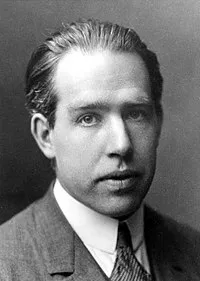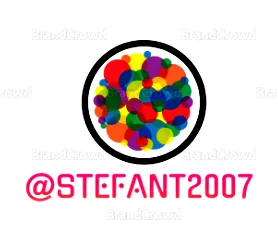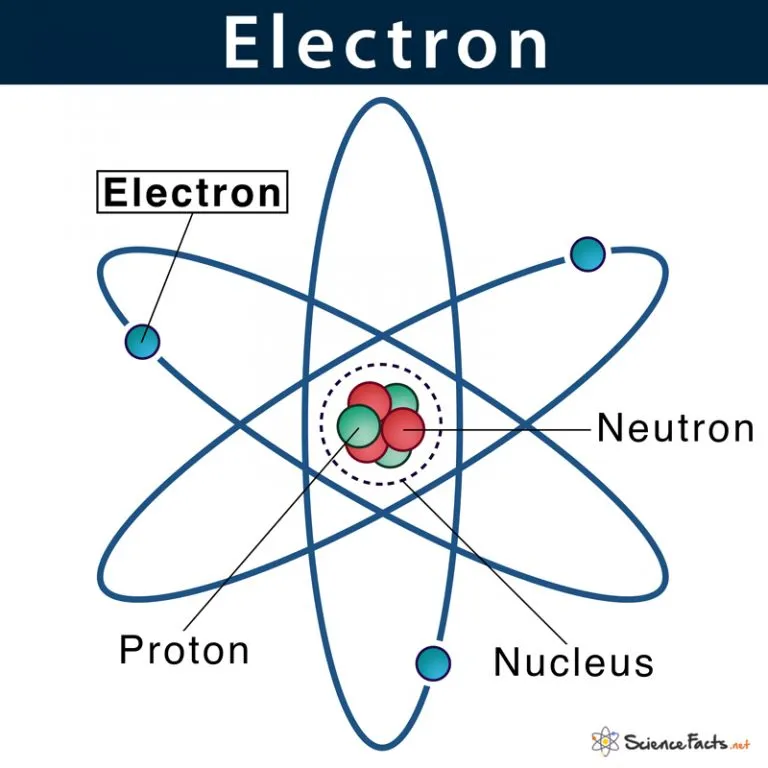
Hello friends, I hope you are in this post. I want to talk to you about the atom. What is an atom?
All the things in the world. Whether living or organic, or what is not living, the inorganic, are made of some material, that is to say matter.
And always men have tried to discover how matter is constructed, decomposing it, looking for its parts, its entrails or insides.
Some of the ancient Greeks, like Democritus, thought that matter was discontinuous and that by dividing it into smaller and smaller parts it would get to one so tiny that it could no longer be divided. They called this atom, that is to say: without cut, indivisible. Everything, for Democritus, was made up of atoms.
A little more than a century ago, chemists discovered that the existing substances were mostly compounds.
And that they were made up of combinations of only a hundred others, simple, such as oxygen, iron, etc. To these they gave the name of elements, as if we said, principles.
And the smallest part that they could chemically isolate from each element was called by the same old atom name, that is, indivisible.
In more recent times like the electron, the proton, neutron, meson, photon, etc. There are many so far discovered.
A Danish physicist, Niels Bohr, is the one who devised this popularized representation of the atom, similar to a planetary system. In the center or nucleus are the particles called protons, neurons, etc., and electrons spinning around.
When the nucleus has been broken, what is called nuclear fission, a gigantic amount of energy is unleashed, the atomic energy.

Photograph by Niels Bohr
Source
That was achieved with the uranium atom, in the 1940s.


